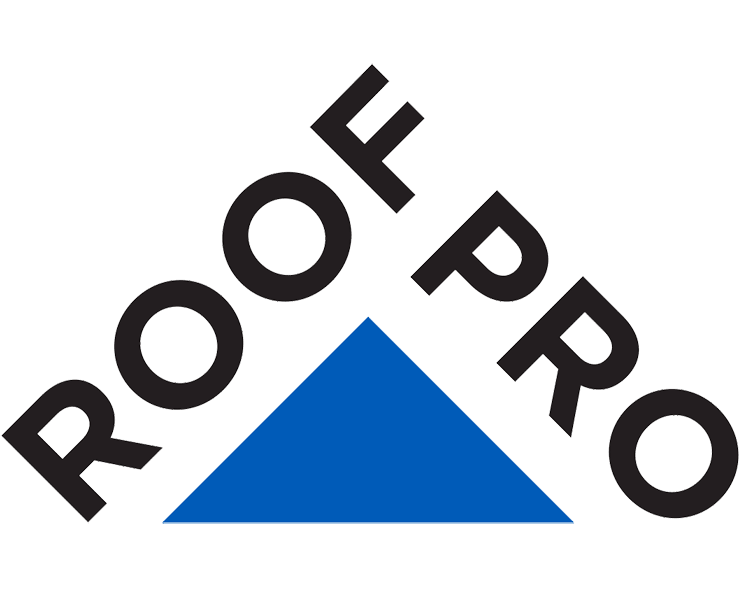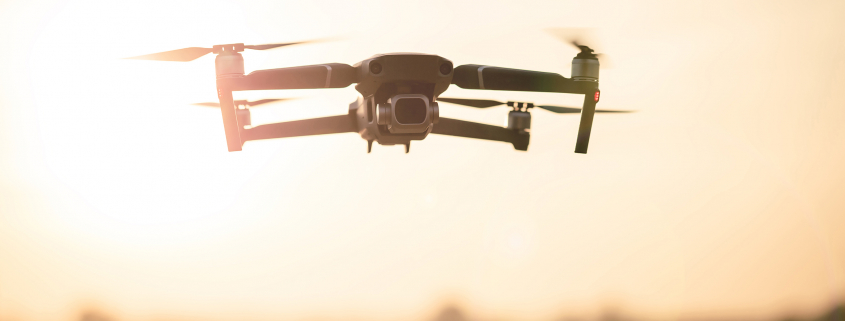At the start of many roofing jobs comes an inspection.
This is when the condition of your roof is assessed. This takes place on many different types of job, and can either be to try and spot issues, assess the foundations of your roof before a new job, or simply to see if a whole replacement is needed.
The traditional way of performing an inspection was to send one of our experienced roofers onto your property and let them have a good look around.
Things are changing though, and with drone technology now available, the roof inspection is revolutionising.
What Takes Place During a Drone Roof Inspection?
No longer do you need to go through the safety risks and manual labour of a traditional roof inspection.
A drone roof inspection takes the hassle and hazards away from the entire process.
But how does it work?
Well, here is a five-step guide to help you understand the science of drone roof surveys:
- Step 1 – Planning and Precautions: The first step is to create a plan of the survey area, making sure to factor in any obstacles or potential risks that may come your way. Try and pick the safest route so you can avoid any mishaps. Also, check your equipment to make sure there is enough power and that all image recording apparatus is working as it should so the picture will be clear to see.
- Step 2 – The Flight: Once everything has been checked and is ready, the flight stage can begin. A skilled drone operator will manually control the drone along the chosen path, making sure to go slowly at any key areas.
- Step 3 – Visual Inspection: When the drone reaches a point where there may be an issue, or the operator spots something that looks untoward, the drone can be slowed down or stopped, and in-depth mages can be captured. The operator will make sure to check all areas of the roof closely, capturing close-up shots of any areas which could have potential damage.
- Step 4 – Data Collection: During the flight, all images and data that are needed for the inspection are stored so that they can be easily accessed and viewed. All images and videos of the roof will be saved and transmitted wirelessly to the team on the floor for real-time assessments. This is a good stage to look further into any areas that are showing signs of damage.
- Step 5 – Analysis and Reporting: The final stage is when our team of roofing experts look at the data and analyse it for issues. All of the data will have been transferred to a computer or tablet and from there we can meticulously scan through it, spotting any areas requiring fixes or maintenance. We can then collate all of this information into a handy report for the customer, as well as providing a free, no-obligation quote for any work that may need doing.
Despite there being several stages, a drone roof survey can be a quick process, and that’s not the only benefit.
The Advantages a Drone Roof Survey Provides
It’s Safer
When you’re stood on a roof, you are always at a height from the ground. This makes any slips or falls extremely dangerous. Using a drone survey eliminates the need for a roofing expert to climb onto your roof and therefore drastically reduces the chance of injuries and further damage being caused.
It’s Quicker
A manual roof inspection can take a long time. Firstly, you have the set-up, and the safety protocols that you have to adhere to. You then have to get a worker up to the roof and wait as they assess it on foot. With a drone survey, you can get a wide range of shots all in the time it takes to get the drone in the air and above the building, which can bring the time it takes to perform such a task right down.
It Costs Less
For some roof inspections, especially in commercial buildings where the roof may be larger, you need specialist equipment such as scaffolding and other machinery to access the roof. With a drone, all you need to hire is the machine itself and the operator, which can lead to big savings across the whole process. You also drastically reduce the labour hours it takes to perform an inspection, which can also help you save some pennies.
It’s Incredibly Detailed
A Drone survey can capture a wide array of images. From high up shots encompassing the entire building, to crystal clear close-ups that show any issue in fine detail. In some drones you can even catch thermal shots and other images that can provide great insight. This wide range of applications makes a drone roof survey much more detailed and informative.
It Helps Documenting the Findings
Once the work is done, it can take a long time to work through your findings and compile it into a report. Not with a drone report though, as all images are transferred to your processing system while the drone is still in the air. It is then easy to store and document the information and images, making accessing and showcasing them to the client much more efficient and concise.
The Future of Roof Inspections
Drone roof surveys are quickly becoming seen as the future of roof inspections.
The use of drones to perform this action is becoming increasingly more common, and as technology advances and the capabilities of the equipment grow, the detailed reports that come from drone roof surveys get more impressive.
As regulations change (drone roof surveys are also really eco-friendly) and more roofers adapt to incorporate these into their processes, it is highly likely that drone roof surveys will transform the way roof inspections are conducted and could even become the industry standard over time.
Drone Roof Surveys with Roofpro
At Roofpro, we are proud to be able to offer an innovative drone survey service.
If you think you have an issue with your roof, or are noticing signs of ages and wearing, then why not get in touch with our team today.
Not only can we carry out a thorough inspection, but we can also look into any work that needs doing and offer a quote for the work.
Whether you’re in a commercial or a domestic property, our team can help to get your roof back in good condition and working as it should.

